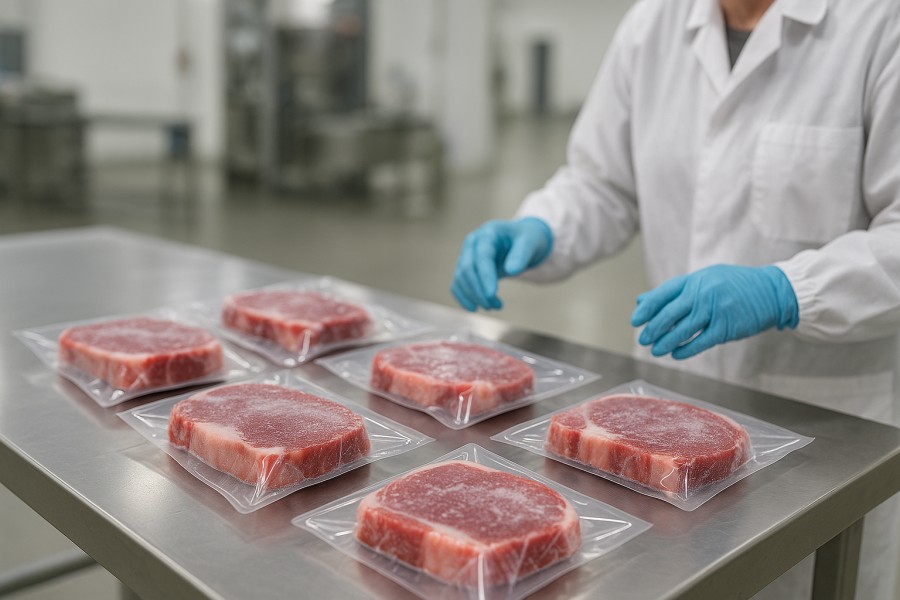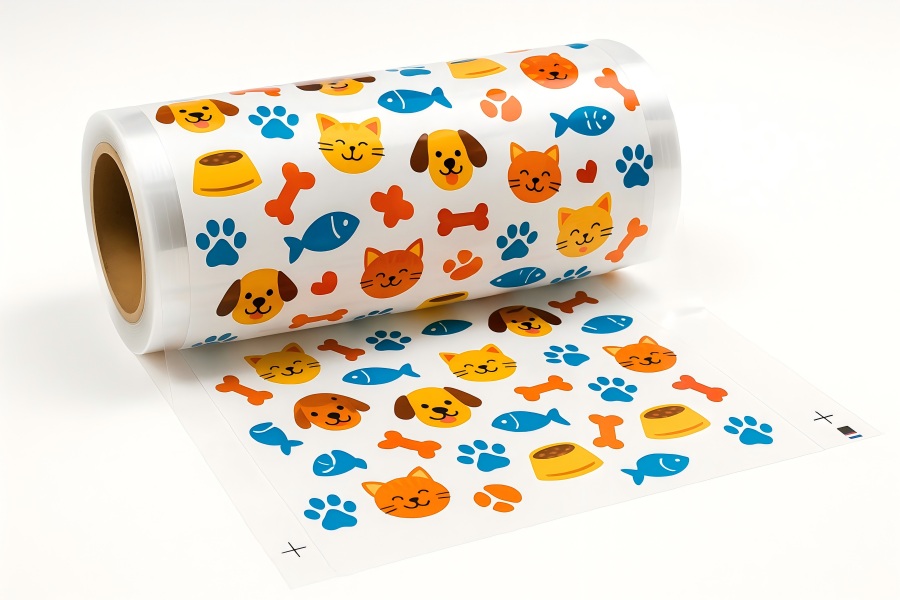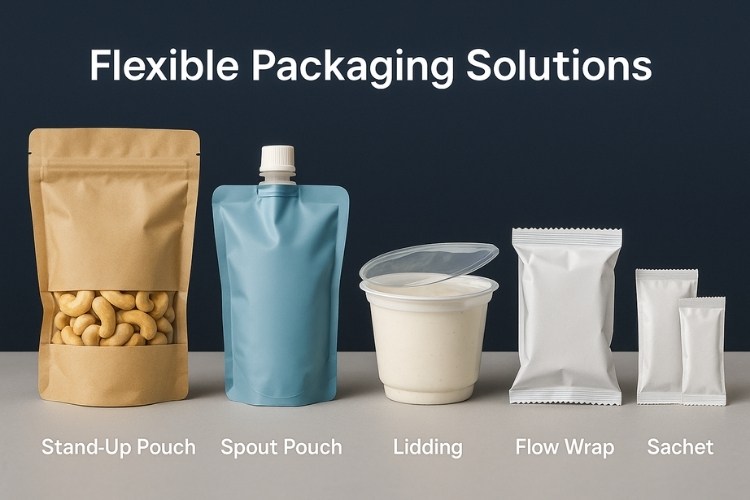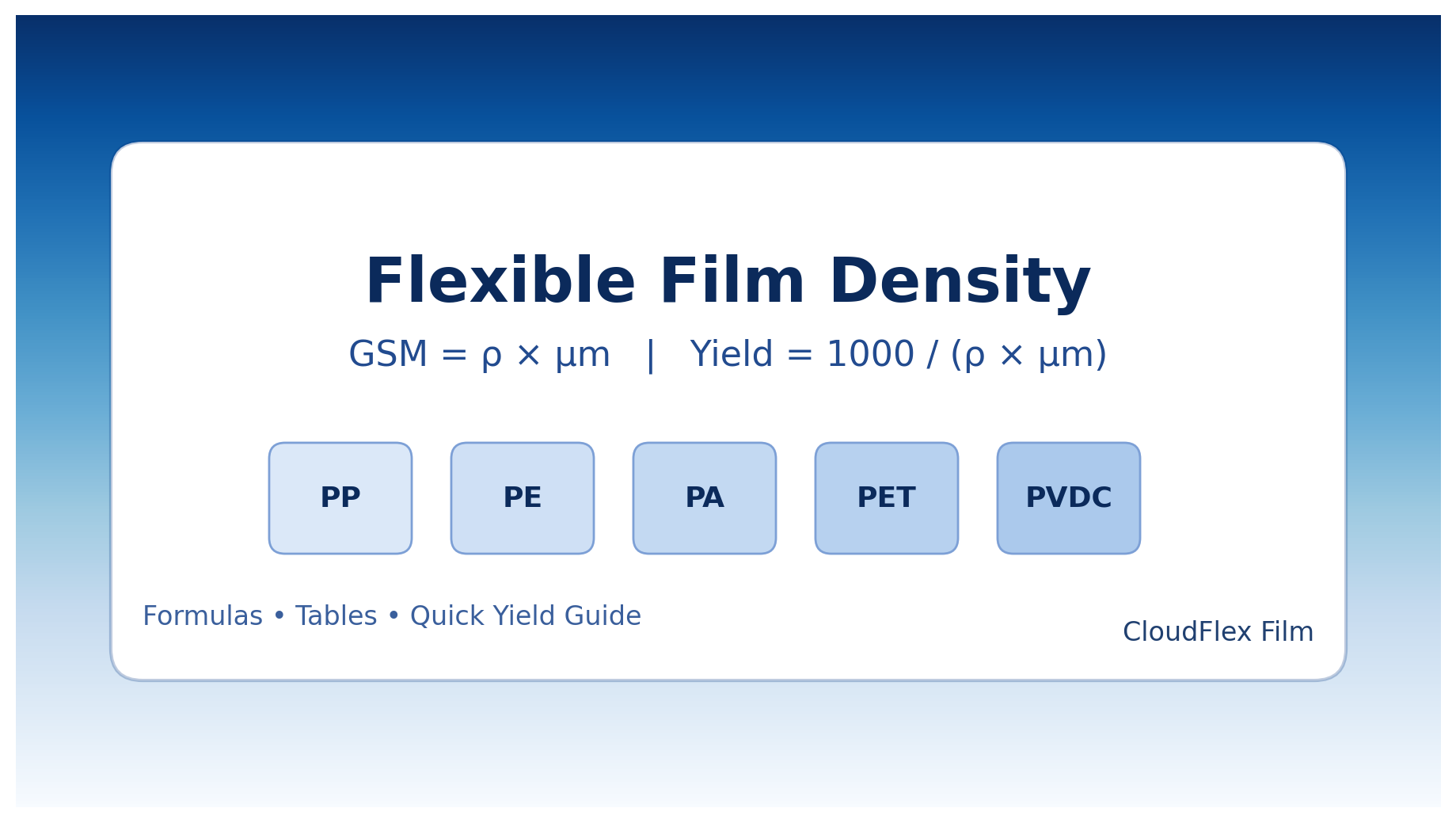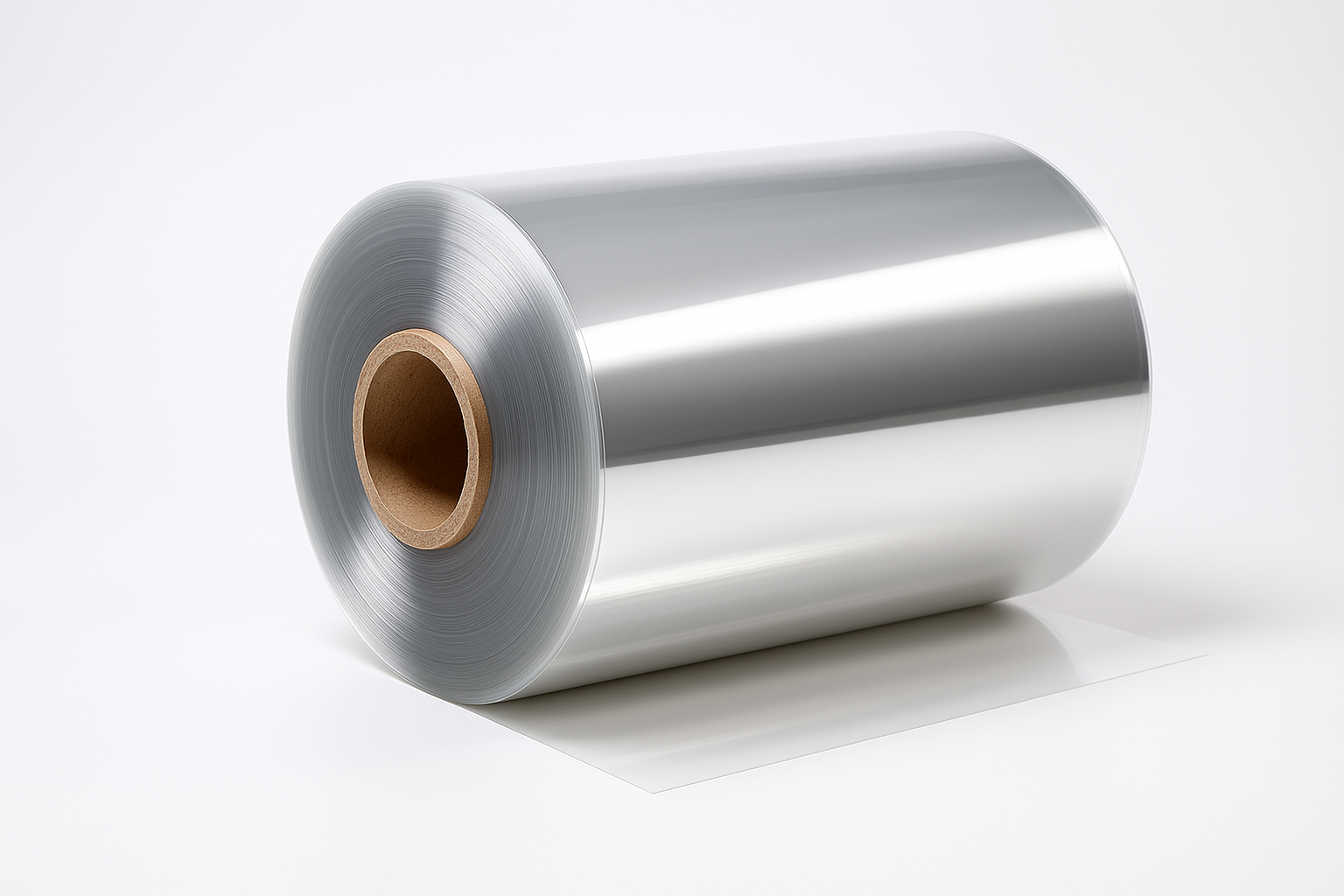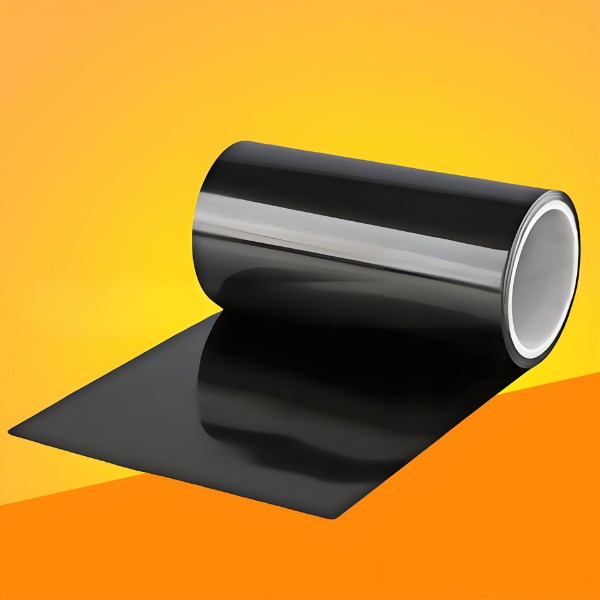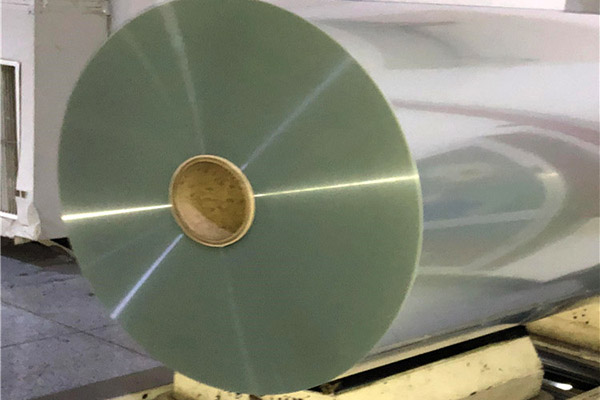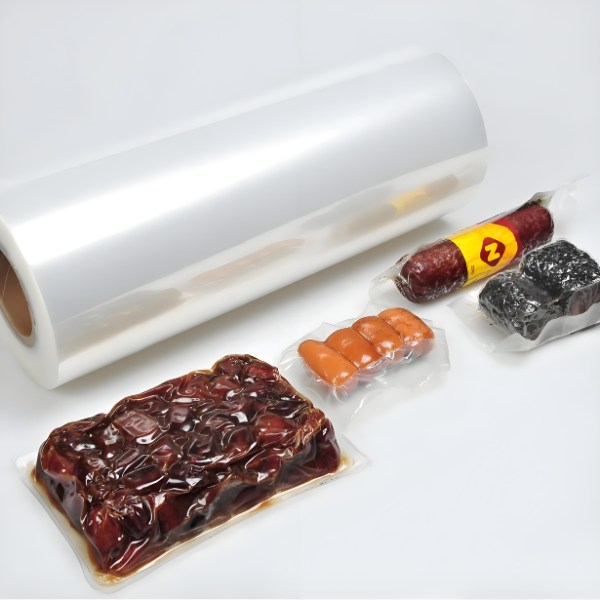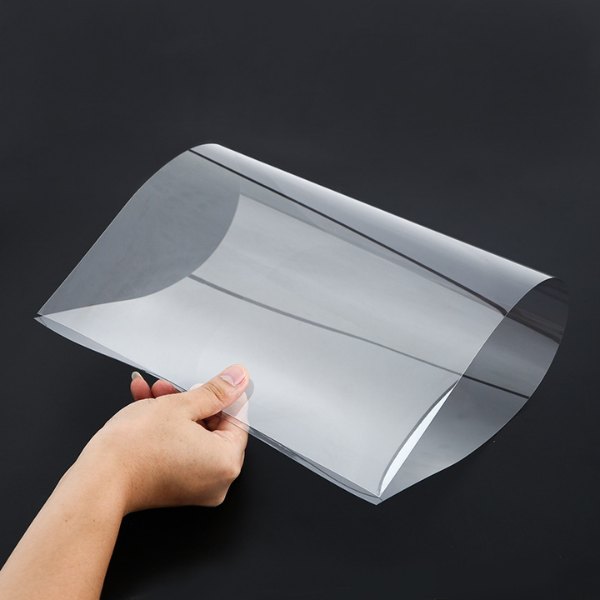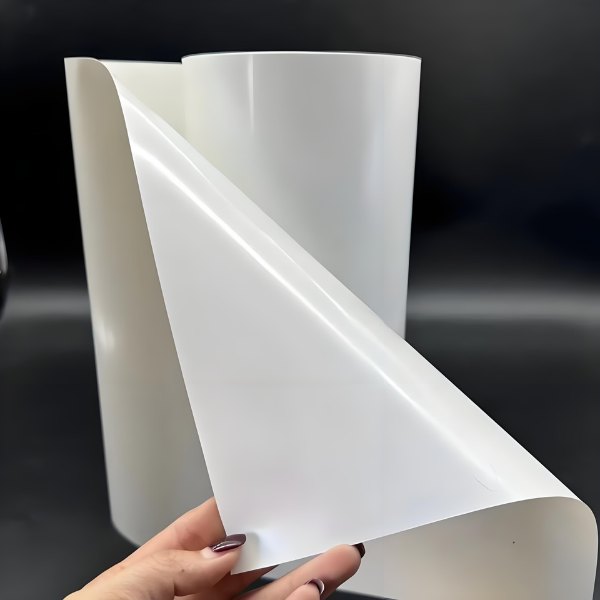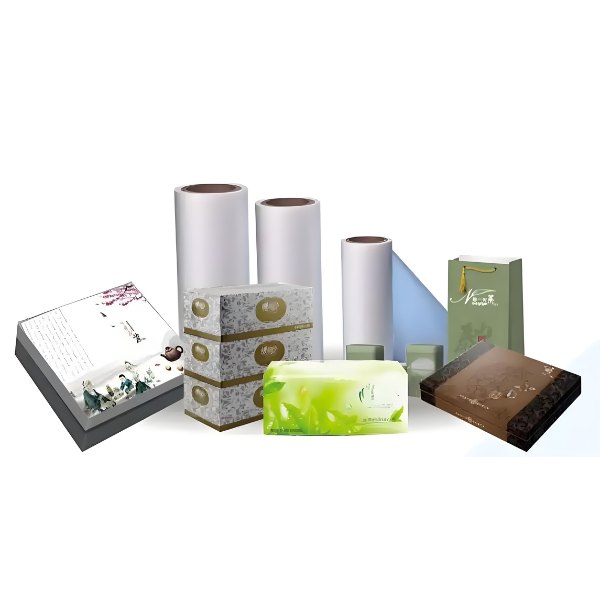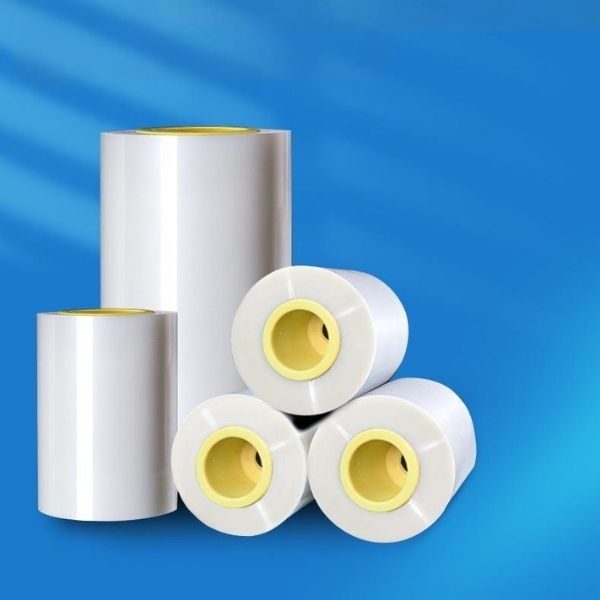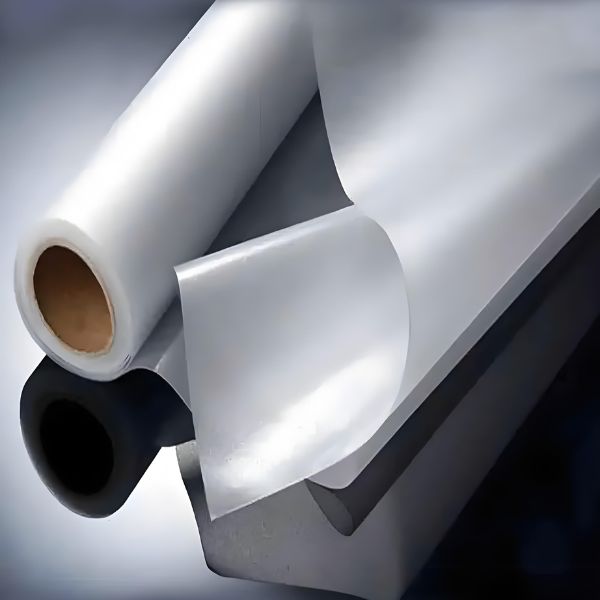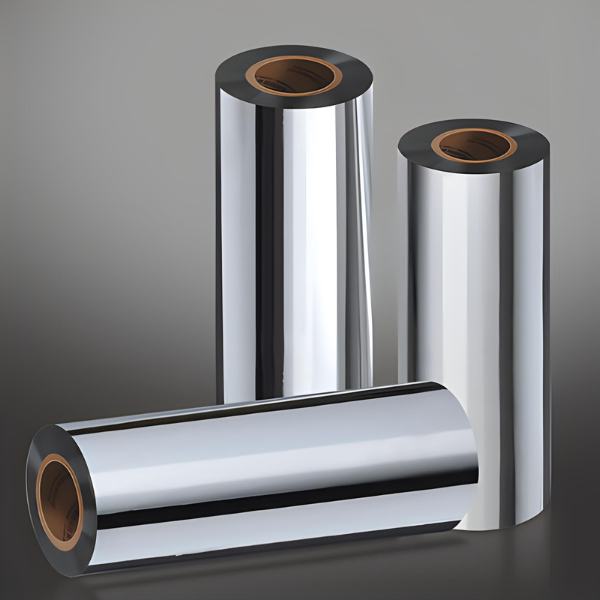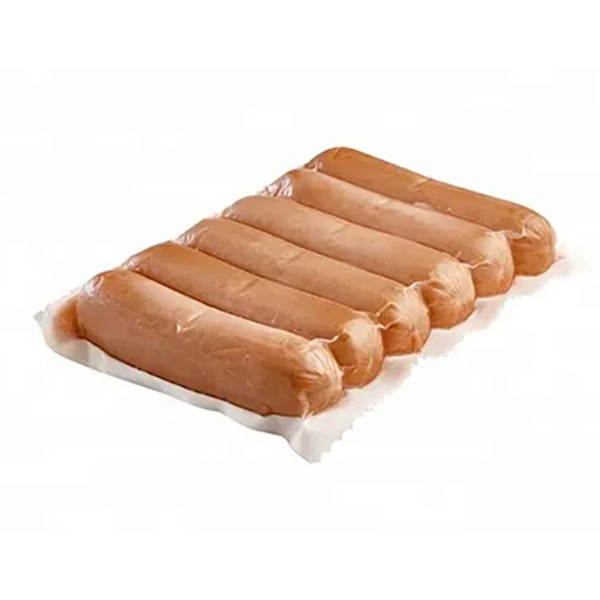Introduction – Why Are PET and CPP Always Compared?
1.1 Setting the Scene: The “Century-Old Dilemma” of Packaging Material Selection
Imagine this scenario: You are a product manager designing packaging for a new snack product. You need a material that can protect the product’s crispiness, perfectly showcase the printed graphics, and be compatible with high-speed automated packaging lines. You are handed two technical data sheets—one labeled “PET” and the other “CPP.”
They both look like transparent plastic films, yet their prices and performance metrics are worlds apart. How do you choose? This is a “dilemma” that nearly everyone in the packaging, printing, and composite materials industry faces.
1.2 Stating the Purpose: The Goal of This Article
Worry no more. The purpose of this article is to end this dilemma for you once and for all. We will provide a clear, in-depth analysis of PET film and CPP film, from their “origins” (chemical composition) to their “personalities” (physical properties), and their “specialties” (application areas).
This will be a comprehensive, multi-dimensional showdown. After reading this, you will not only be able to distinguish between PET and CPP but also confidently select the perfect “outfit” for your product like a true expert.
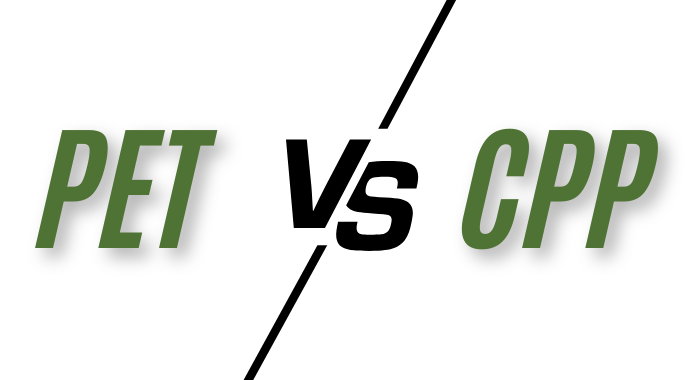
{ PET Vs CPP }
Meet the Contenders – Getting to Know PET and CPP Individually
2.1 Contender One: PET Film – The Tough “Hardman”
PET, or Polyethylene Terephthalate, is a name you might recognize from polyester fabrics. In the world of plastic films, PET is an undisputed “hardman.”
- Chemical Composition and Background: It belongs to the polyester family. Its rigid molecular chain structure gives it inherent hardness and stability.
- Key Personality Traits:
- High Rigidity, High Strength: It’s incredibly tough, with high tensile strength, making it resistant to tearing and puncturing. To the touch, it feels stiff and “has a backbone.”
- Excellent Heat Resistance: It maintains dimensional stability at both high temperatures (over 120°C) and low temperatures without deforming.
- Superior Barrier Properties: It offers an excellent barrier against oxygen and odors, effectively extending the shelf life of food products.
- High Transparency and Gloss: As clear as crystal, it perfectly renders printed colors and details.
- Where Does It Excel?: You’ll find it in applications demanding high strength, clarity, and aroma retention, such as:
- The outer layer of food packaging (e.g., potato chip bags, transparent windows on biscuit boxes).
- Protective films for electronic device screens.
- Backsheet films for solar panels.
- High-end labels and printed materials.
2.2 Contender Two: CPP Film – The Gentle “Soft Touch”
CPP, or Cast Polypropylene, is the “gentle soft touch” to PET’s hardman.
- Chemical Composition and Background: Hailing from the polypropylene family, its flexible molecular chains and the cast (non-stretched) production process grant it exceptional flexibility.
- Key Personality Traits:
- Excellent Flexibility and Crease Resistance: It’s very soft and can be repeatedly folded and crumpled without breaking or retaining permanent creases.
- Outstanding Heat Sealability: This is CPP’s “ace in the hole.” It achieves a strong, reliable seal at relatively low temperatures, making it ideal for high-speed automated packaging lines.
- Good Moisture Barrier: It has a strong resistance to water vapor, effectively preventing products from getting damp.
- Good Oil and Chemical Resistance: It can withstand exposure to oils and many chemical substances.
- Where Does It Excel?: It is often used as an inner layer that requires direct product contact or heat sealing, for example:
- The inner layer of food packaging (e.g., retort pouches, bread bags).
- Flower wrapping paper.
- Garment bags.
- Medical packaging.
The Head-to-Head Showdown – A Comprehensive Comparison of PET vs. CPP
All the theory in the world can’t beat a clear, side-by-side comparison. The table below lays out the core differences between PET and CPP in a definitive showdown.
| Comparison Dimension | PET Film (Polyethylene Terephthalate) | CPP Film (Cast Polypropylene) | In a Nutshell |
|---|---|---|---|
| Mechanical Properties | High rigidity, high strength. Stiff, resistant to stretching and puncture. | High flexibility, crease-resistant. Soft, easy to fold. | PET is the “skeleton,” CPP is the “flesh.” |
| Thermal Properties | Heat-resistant (approx. 120-150°C), excellent dimensional stability. | Not heat-resistant (deforms above ~120°C), but has excellent heat sealability. | PET withstands heat, CPP seals easily. |
| Barrier Properties | Excellent oxygen and gas barrier, great for aroma retention. | Excellent moisture barrier (water vapor), moderate oxygen barrier. | PET blocks “gas,” CPP blocks “water.” |
| Optical Properties | High clarity, high gloss, superb for printing. | Good clarity, but gloss is typically slightly lower than PET. | PET is “shinier,” CPP is more “matte.” |
| Chemical Stability | Resistant to weak acids and alkalis, but not strong alkalis. | Excellent oil and chemical resistance (acids, alkalis, solvents). | CPP is more “corrosion-resistant.” |
| Cost & Processing | Relatively higher raw material and processing costs. | Relatively lower raw material and processing costs. | CPP offers better “cost-effectiveness.” |

{ How To Choose PET CPP }
The Power Couple – When Do You Need PET/CPP Laminate?
Since PET and CPP each have their unique strengths, is there a way to combine them for the best of both worlds? Absolutely. This brings us to the original search term, “PET CPP”—the PET/CPP laminate.
4.1 The Synergistic Effect of 1+1 > 2
A laminate is created by bonding two or more films together using an adhesive or extrusion process. The goal is to combine their strengths and compensate for their weaknesses, achieving a comprehensive performance that no single material can offer. The PET/CPP laminate is one of the most classic combinations.
- The Role of the PET Layer: As the outer layer, it provides mechanical strength, heat resistance, high barrier properties, and an excellent printing surface. It protects the entire packaging structure and makes the product look great.
- The Role of the CPP Layer: As the inner layer, it provides excellent heat sealability and good moisture barrier. It’s in direct contact with the food, ensuring the package can be sealed easily and securely while keeping the product dry.
4.2 Typical Applications for PET/CPP Laminate
This combination is tailor-made for high-performance food packaging:
- Puffed Snacks & Nuts: The PET layer’s high oxygen barrier prevents nuts from oxidizing and going stale, while the CPP layer’s good sealability ensures a tight seal and moisture resistance to keep things crispy.
- Retort Pouches (for high-temperature sterilization): The PET layer withstands the high temperatures of the retort process, while the CPP layer provides reliable sealing and moisture protection.
- Daily Necessity Packaging with High-Quality Printing: Like laundry pod packaging, where the PET layer makes the graphics vibrant, and the CPP layer provides inner protection and sealability.
Practical Guide – How Should I Choose?
With all this knowledge, let’s circle back to the ultimate question: Which material is right for my product?
5.1 A Decision-Making Flowchart (In Text Form)
Ask yourself the following questions to quickly narrow down your choice:
- Step 1: What is the single most important requirement for my packaging?
- A. Strength, appearance, aroma retention (e.g., chips, premium gifts) -> Prioritize PET.
- B. Softness, moisture resistance, direct heat sealing (e.g., bread, garments) -> Prioritize CPP.
- Step 2: Does my packaging need to withstand high temperatures?
- A. Yes (e.g., for high-temperature sterilization or filling with hot liquids) -> You must choose PET or a laminate containing PET.
- B. No -> Both PET and CPP are still in the running.
- Step 3: Am I on a tight budget?
- A. Yes -> CPP is typically the more economical choice.
- B. No, performance is the priority -> Consider PET or a PET/CPP laminate.
- Step 4: Do I need the benefits of both an inner and an outer layer?
- A. Yes (i.e., you need a strong, beautiful outer layer and an easy-to-seal, moisture-resistant inner layer) -> Without hesitation, choose a PET/CPP laminate!
- B. No, a single layer will suffice -> Make your choice based on the conclusions from the previous three steps.
5.2 Common Pitfalls and How to Avoid Them
- Myth 1: “The more expensive the material, the better.”
- Reality: The most suitable material is the best. Using expensive PET for a simple inner liner that only needs moisture resistance is a huge waste.
- Myth 2: “PET and CPP look similar, so they can be used interchangeably.”
- Reality: This is a disastrous thought. Using CPP as the outer layer will result in a limp, unattractive package. Using PET as the inner layer might make it impossible to heat seal, leading to packaging failure.
- Myth 3: “As long as I know the material name, the supplier doesn’t matter.”
- Reality: Even for the same material type, additives, thickness, and process control can vary significantly between suppliers, leading to performance differences. Choosing a reliable, professional supplier is crucial.
Conclusion and Looking Forward
6.1 Conclusion: There Is No “Best,” Only “Most Suitable”
PET and CPP are like two partners with very different personalities in the world of materials. PET is the tough, reliable “hardman,” while CPP is the gentle, accommodating “soft touch.” There is no absolute “better” or “worse”—only what is most suitable for your specific application. Understanding their fundamental differences is the first step toward making an informed material selection decision and a key factor in enhancing your product’s competitiveness.
6.2 Call to Action
After this in-depth comparison, do you now have a clear understanding of PET and CPP and a direction for your material selection? If you’re still unsure or need a customized packaging solution, please contact the material expert team at CloudFilm.

{ CloudFilm Provides You With The Solution }
We not only supply high-quality PET film, CPP film, and PET/CPP laminates but also offer free samples and professional material selection testing services to help you find the perfect film for your product.


